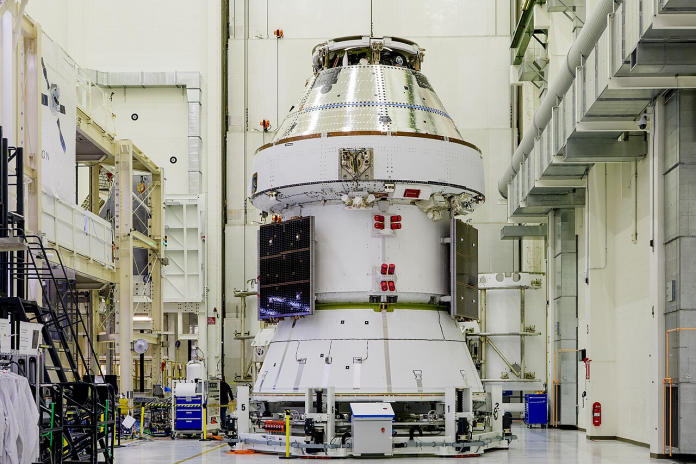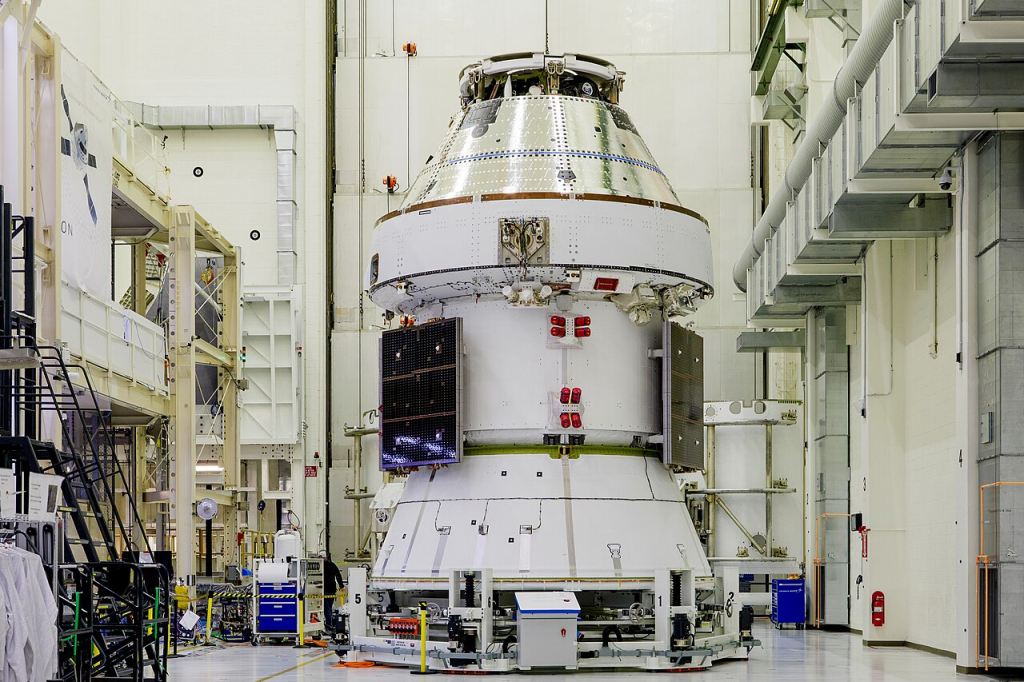
Might the most ambitious human spaceflight in five decades depend on the allowability of a heat shield? NASA’s Artemis II mission, now eyeing a launch opportunity as soon as February 5, 2026, will launch four astronauts the first woman and first non-American around the Moon in a free-return orbit. It will be the first human mission to the moon since Apollo 17 in 1972, aboard the most powerful rocket ever developed by NASA. But before the counting down starts, engineers are making sure that each aspect such as the Space Launch System’s thrust profile and Orion’s thermal protection is prepared for the harsh physics of deep space travel.
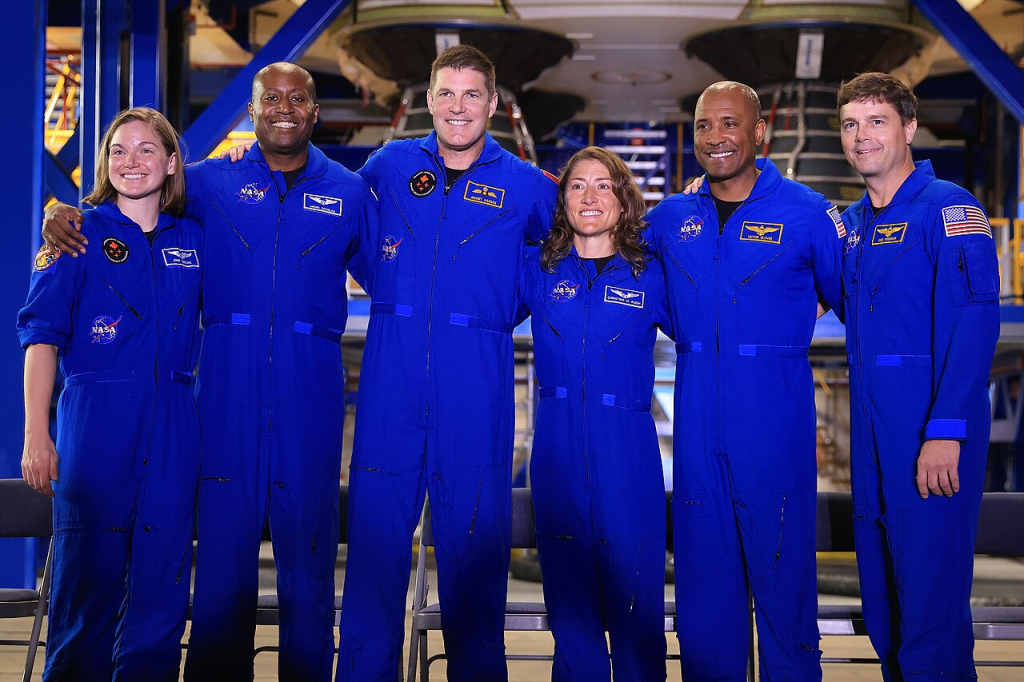
1. A Crew Ready to Make History
Commander Reid Wiseman, pilot Victor Glover, mission specialist Christina Koch, and Canadian astronaut Jeremy Hansen will fly 9,260 kilometers beyond the Moon, a distance that will expose terrain that Apollo crews have never seen. Koch will be the first female astronaut to make the trip, Glover the first Black astronaut, and Hansen the first non-American astronaut to venture to the Moon. Wiseman called their ship, “Integrity,” a vessel for “peace and hope for all humankind.” Koch observed that “Human eyes are one of the best scientific instruments that we have,” highlighting the mission’s focus on firsthand geological observation.
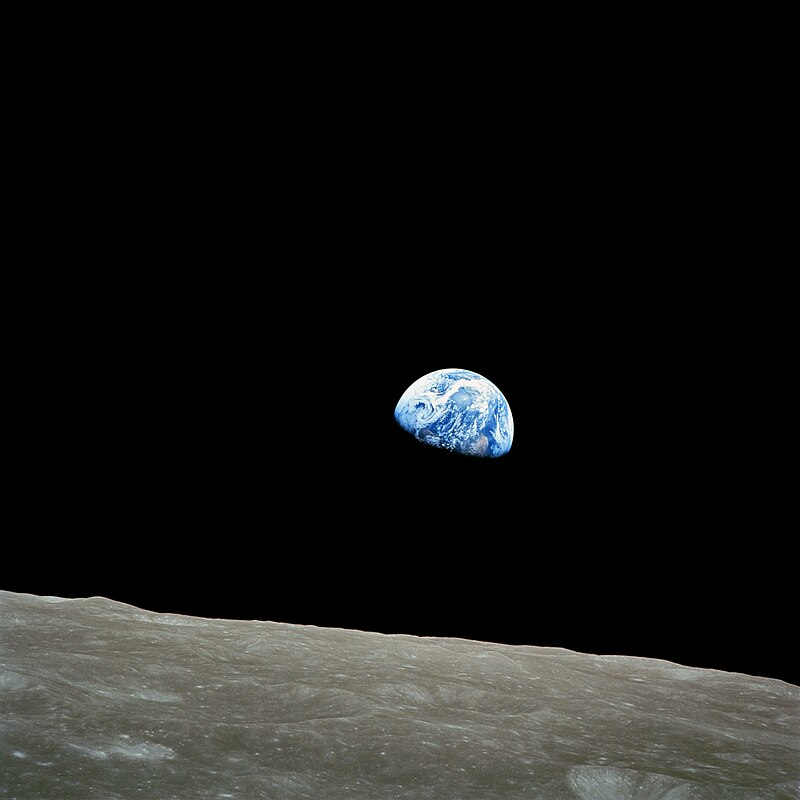
2. The Free-Return Trajectory
Artemis II will follow a free-return trajectory, a maneuver fine-tuned in the Apollo 8 and Apollo 16 missions. Once past the day-two translunar injection burn, the spacecraft will coast on a trajectory determined by Earth and Moon gravity, providing a return with no large propulsion burns. The trajectory saves fuel while maximizing safety, important for a mission going almost a quarter-million miles from home.
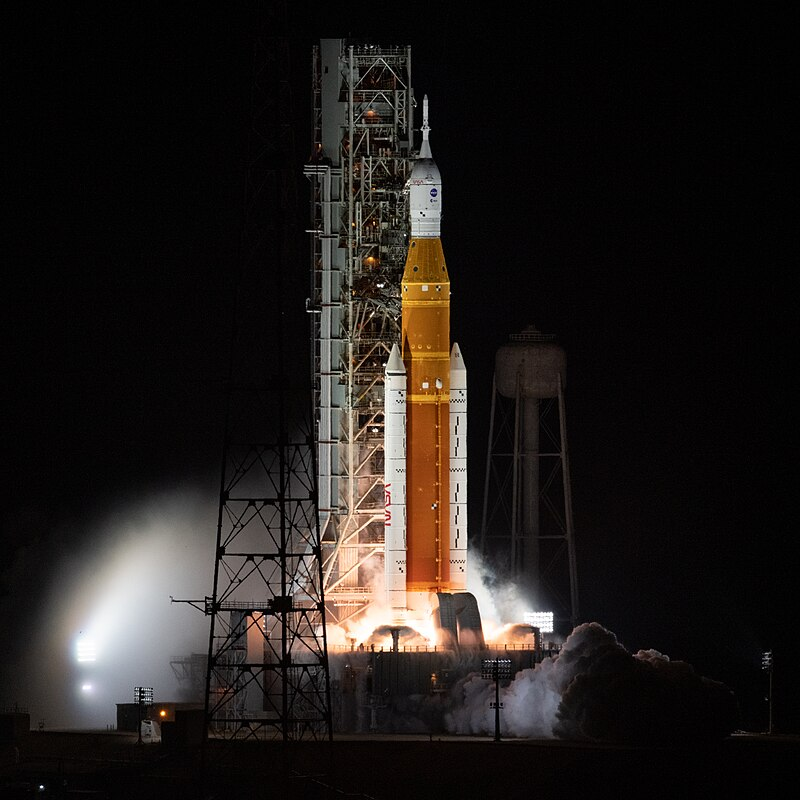
3. The Space Launch System’s Powerhouse Performance
Space Launch System (SLS) will place the Orion spacecraft in orbit using a blend of solid rocket boosters and RS-25 engines, contributing approximately 75% of the total launch thrust. Following booster separation and main engine shutdown, a perigee-raising burn will put Orion on course for the translunar injection. Space Shuttle heritage-based SLS core stage is engineered to manage the record-breaking loads and vibrations of launching while providing accurate guidance for payload delivery.
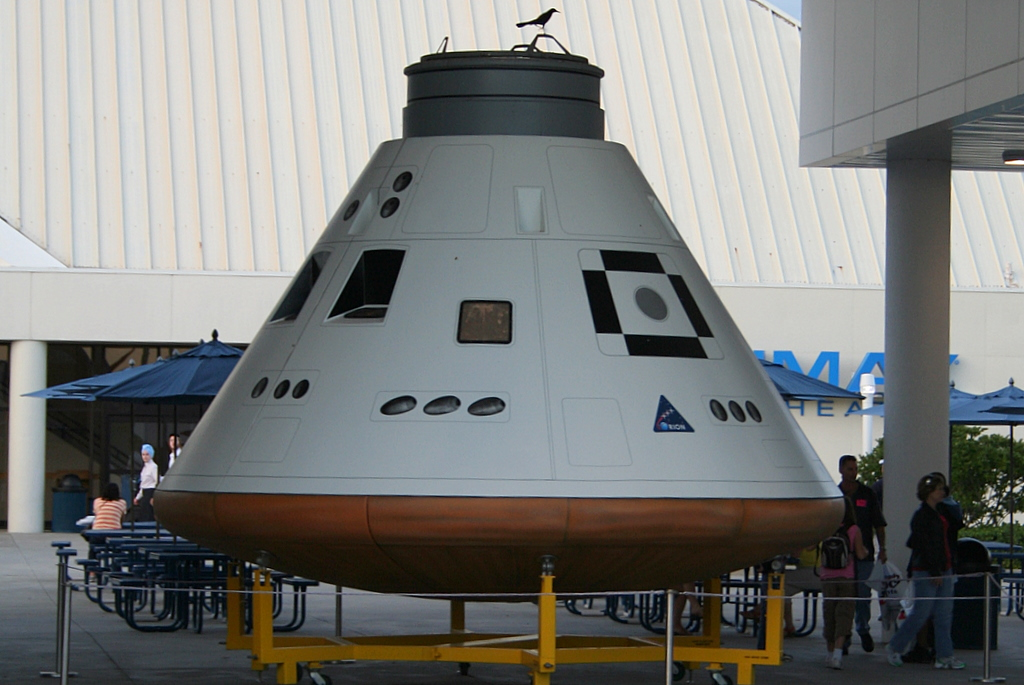
4. Orion’s Engineering Improvements
Orion’s design captures five decades of learning since Apollo. The spacecraft is 16.5 feet in diameter and has 30% more living space than Apollo’s Command Module. Orion accommodates a four-person crew for as long as 21 days and includes a galley, exercise capacity, enhanced waste management, and noise reduction. Spacecraft glass cockpit combines more than 1,200 sensors, double-redundant flight computers with 128,000 times greater storage capacity than Apollo’s, and radiation-hardened electronics. Solar panels substitute for Apollo’s limited fuel cell power supply, allowing for longer missions without resupply.
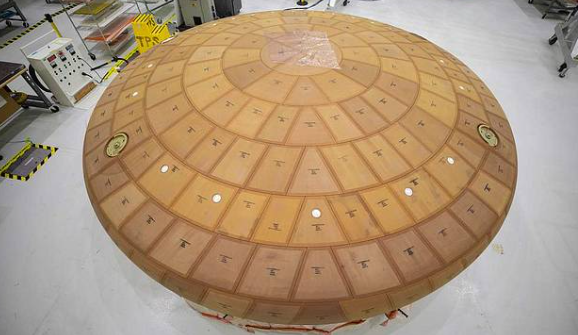
5. The Heat Shield Challenge
The 2022 Artemis I mission uncovered unforeseen char loss on Orion’s Avcoat heat shield on reentry. Engineers concluded that gases produced by ablation were unable to vent and resulted in pressure accumulation, cracking, and material loss. Skip-entry testing at the NASA Ames Research Center replicated the effect, demonstrating that suboptimal heating rates retarded char development and gave gas a chance to become trapped. For Artemis II, changes in operations in the reentry trajectory will avoid heat buildup, and future shields will be produced for consistent permeability.
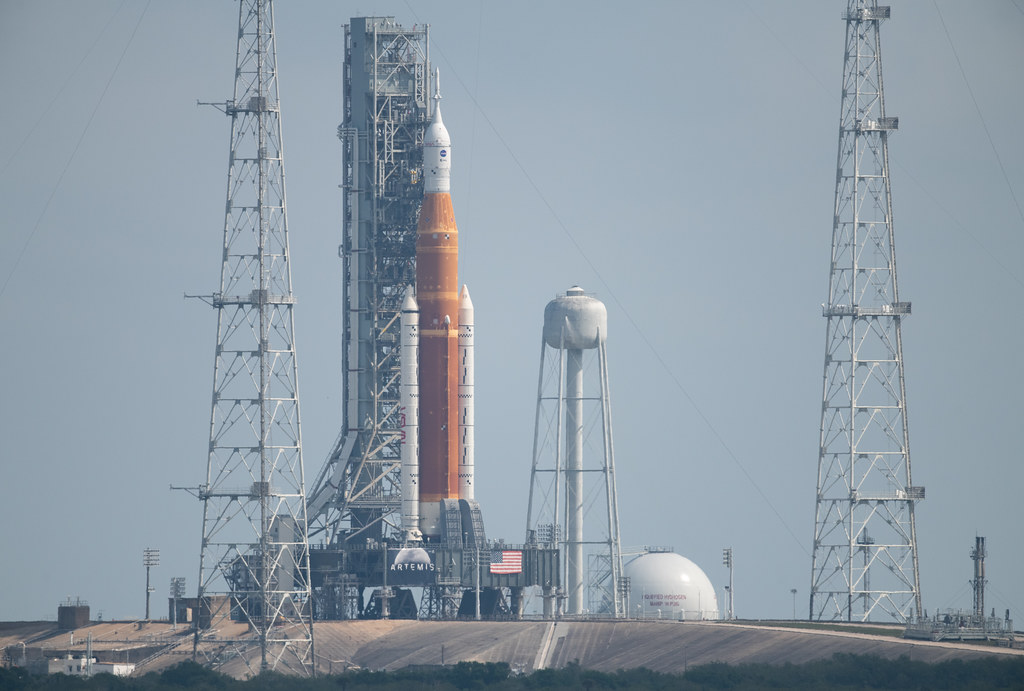
6. Skip Guidance Entry: Accuracy in Descent
Orion’s skip entry crosses the upper atmosphere, employs aerodynamic lift to depart temporarily, and reenters for controlled landing. This procedure eliminates maximum heating and increases landing range accommodation. For Artemis I, it reduced Orion’s speed from almost 27,000 mph to splashdown velocities of approximately 20 mph, withstanding temperatures of almost 5,000°F. The process requires precise management of trajectory and attitude, because minor imbalances can deflect heating loads and structural stresses.
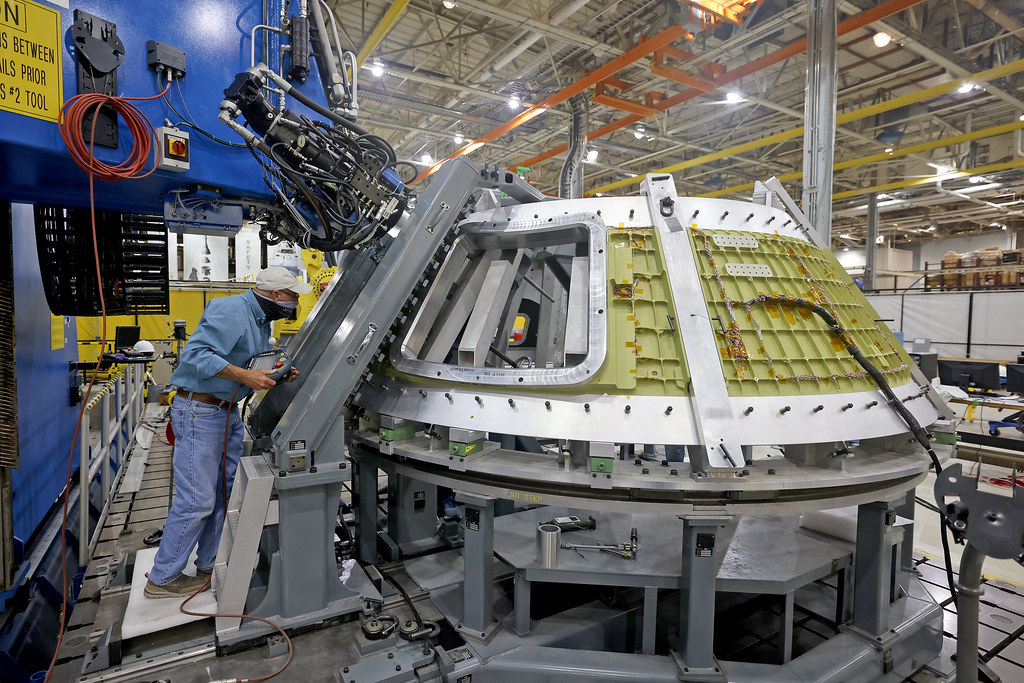
7. Science of the Moon from a Distance
At 4,000 to 6,000 miles over the Moon’s surface, the astronauts will image and document features like the Orientale Basin and ancient lava flows. Astronaut-mission control scientist real-time collaboration will enable improvement of methods for Artemis III surface missions. Meteoroid impact observations and dust activity will provide additional knowledge on lunar geology and danger, both to Moon and Mars mission planning.
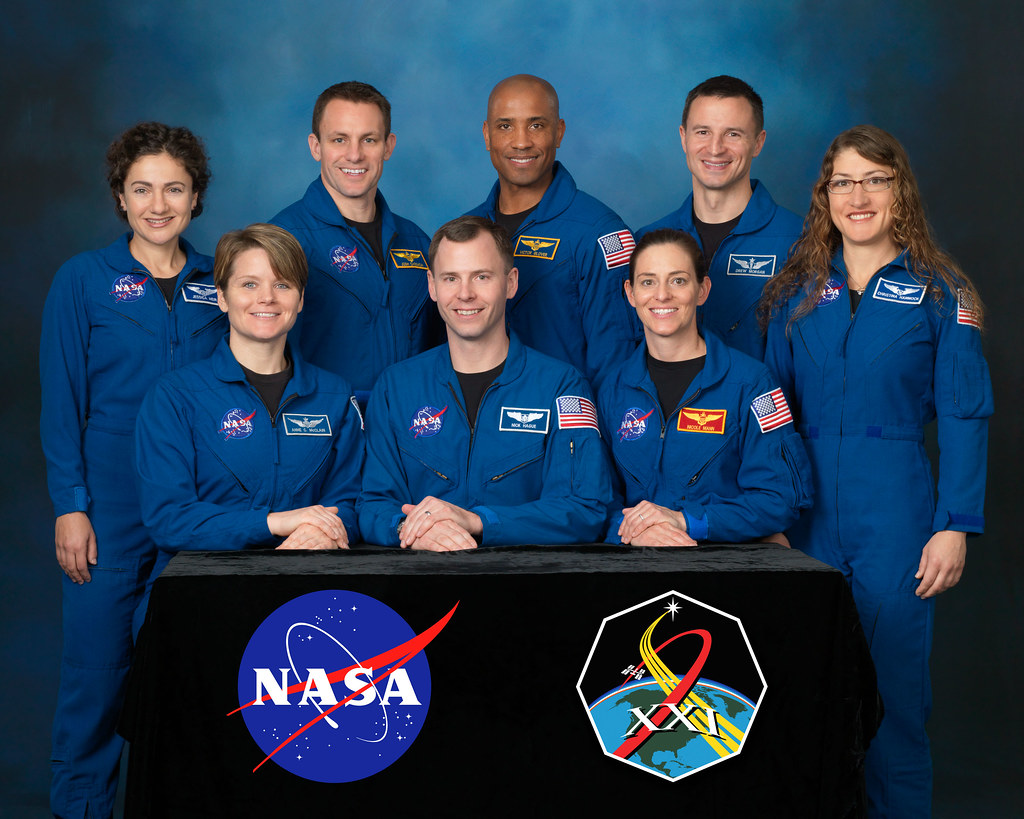
8. Recovery and Post-Mission Analysis
Following reentry, Orion will parachute splashdown in the Pacific Ocean off San Diego, where Department of Defense and NASA teams will retrieve the capsule. Inspections after flight will center on the heat shield, structural health, and system performance, inputting data into continuing design improvements.
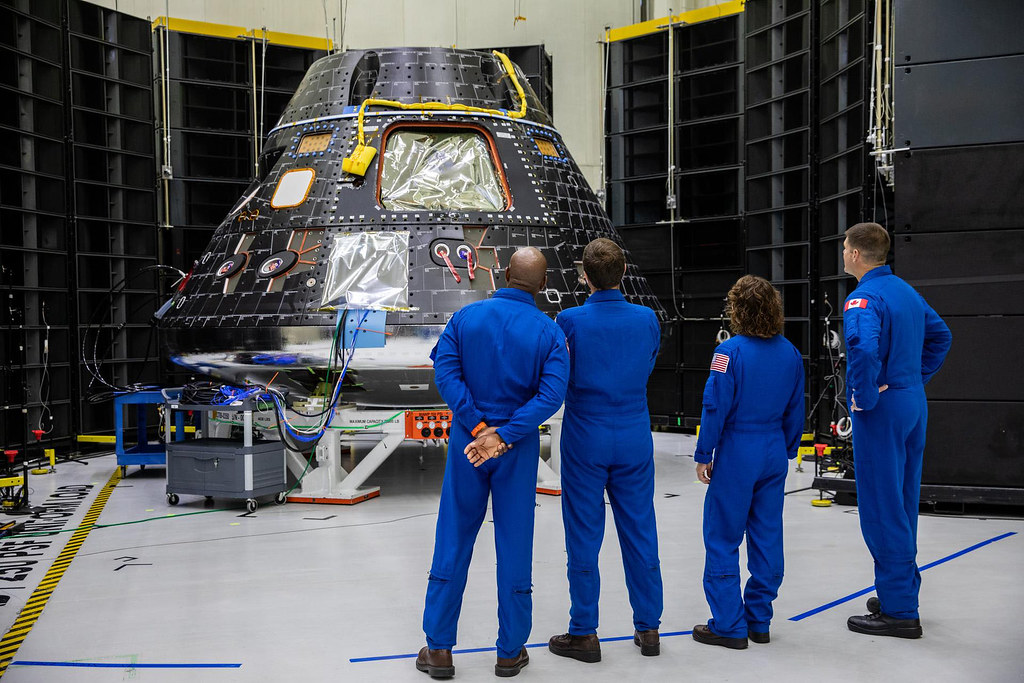
Artemis II is not just a symbolic return to lunar space; it is a test bed for technologies, trajectories, and human factors that will shape deep space exploration for decades. All of its subsystems, ranging from SLS boosters to Orion avionics, will be subjected to the unforgiving conditions of space with the ultimate aim of setting the stage for a sustained human presence on the Moon and beyond.
